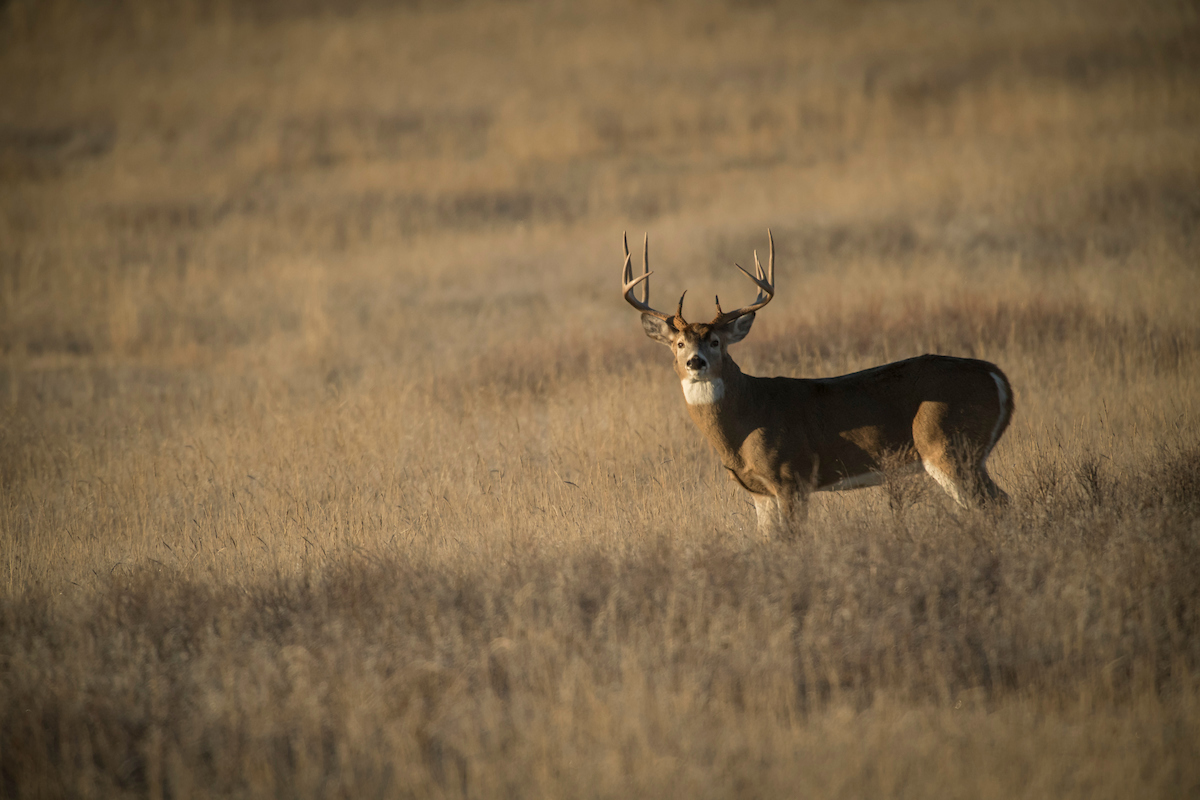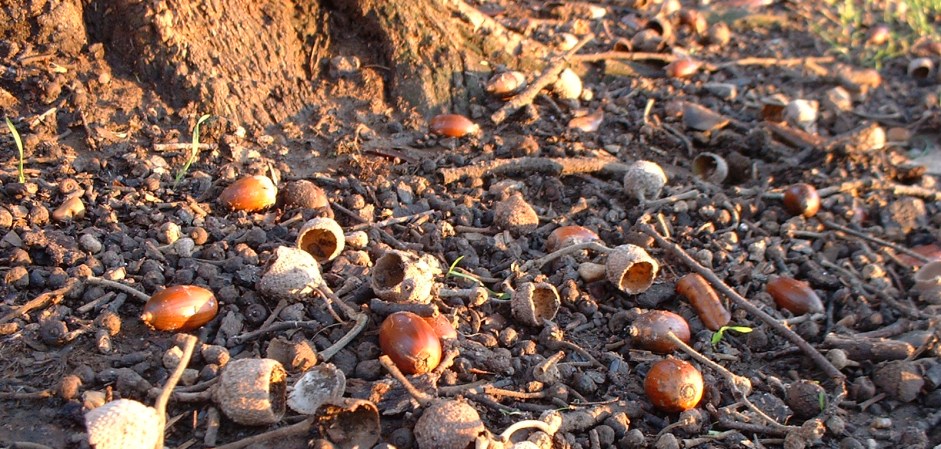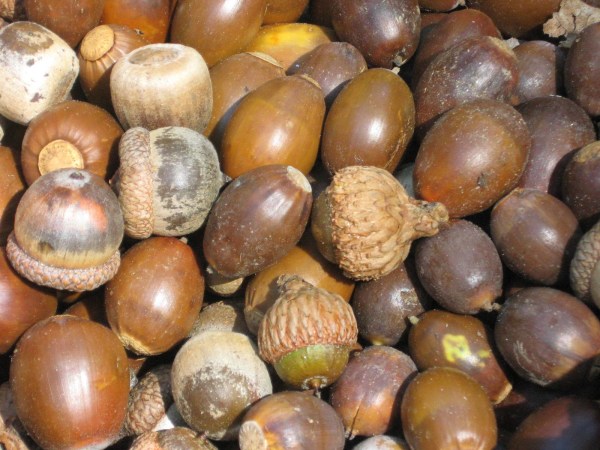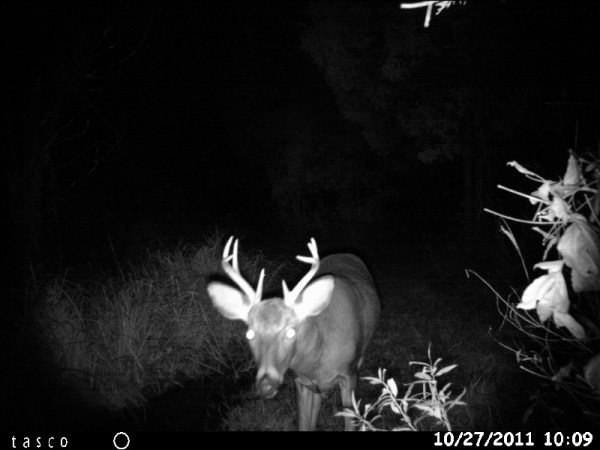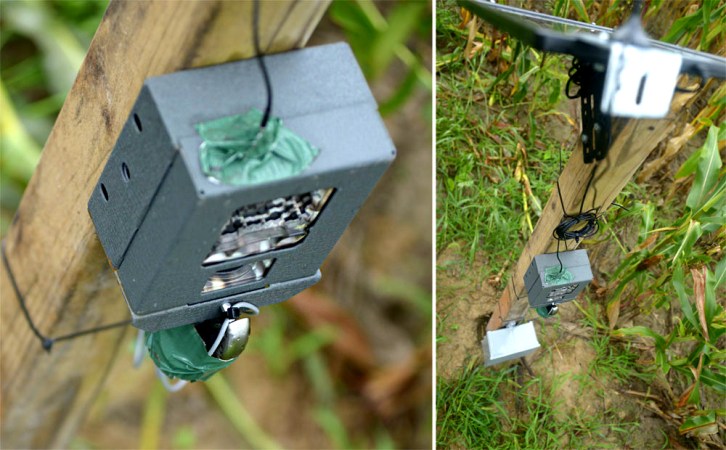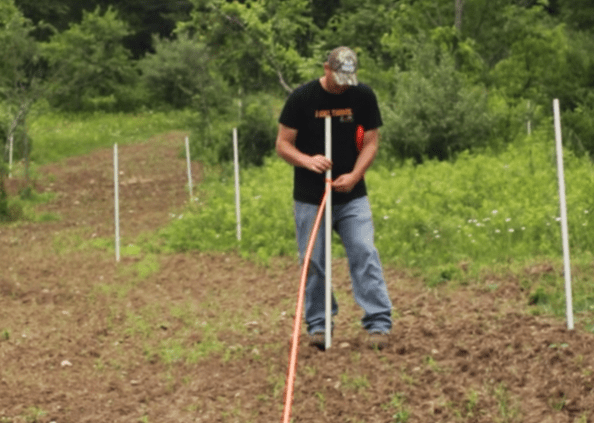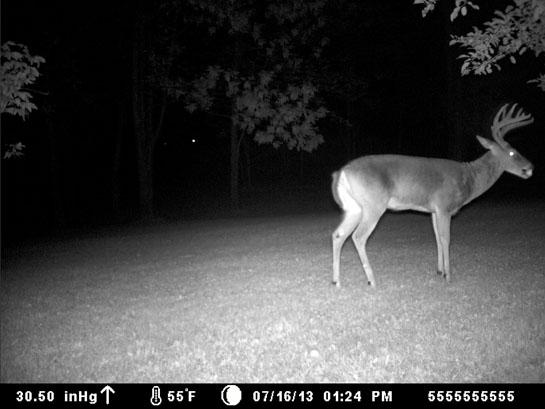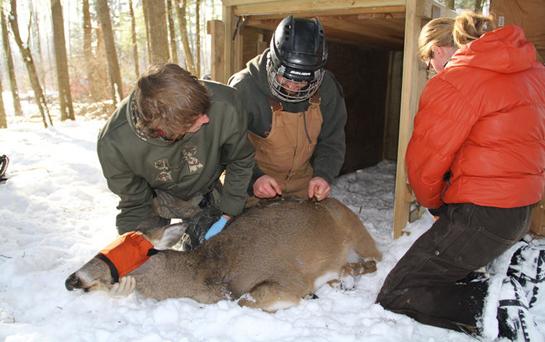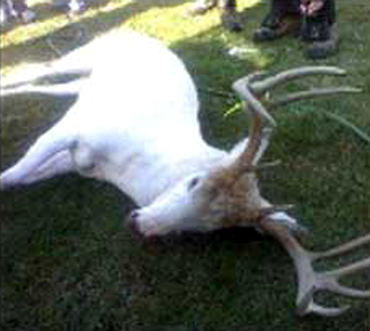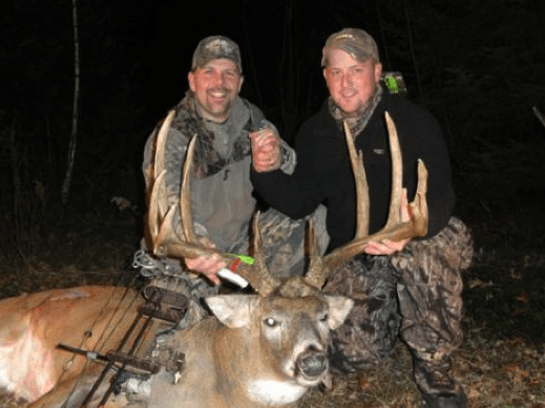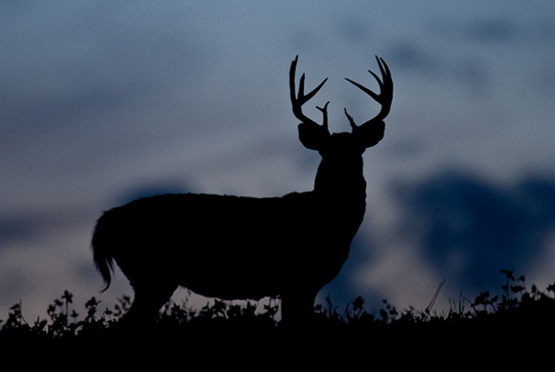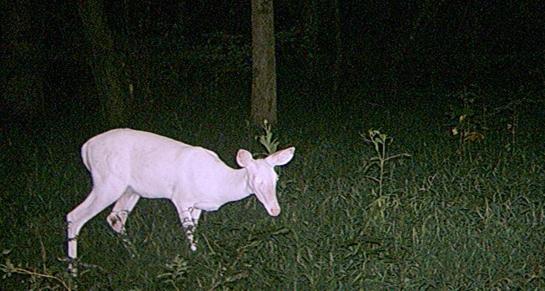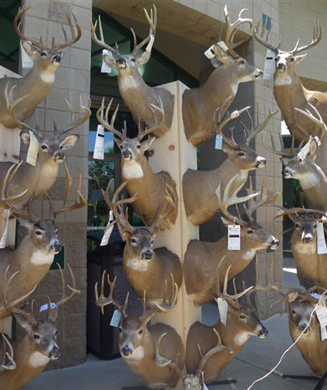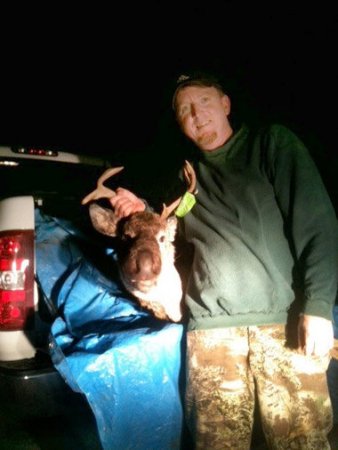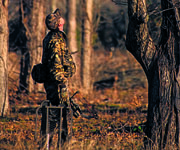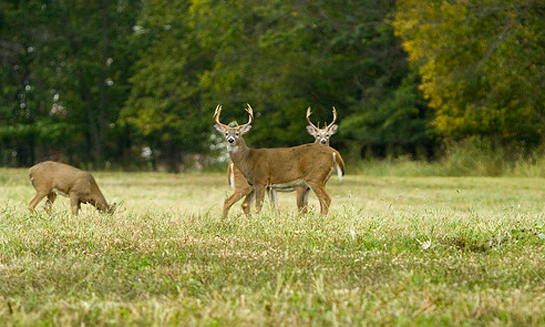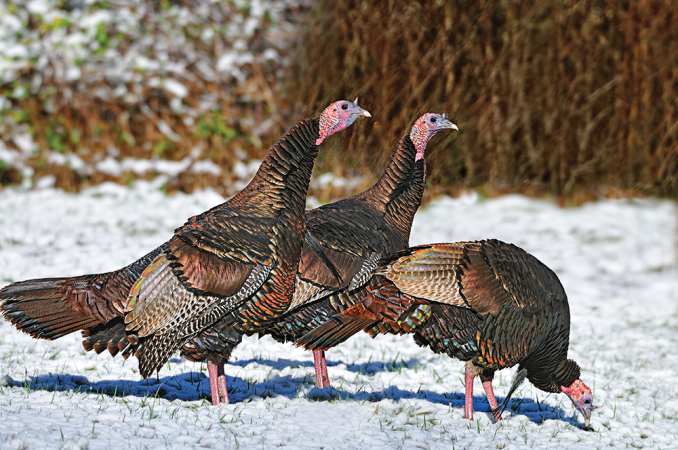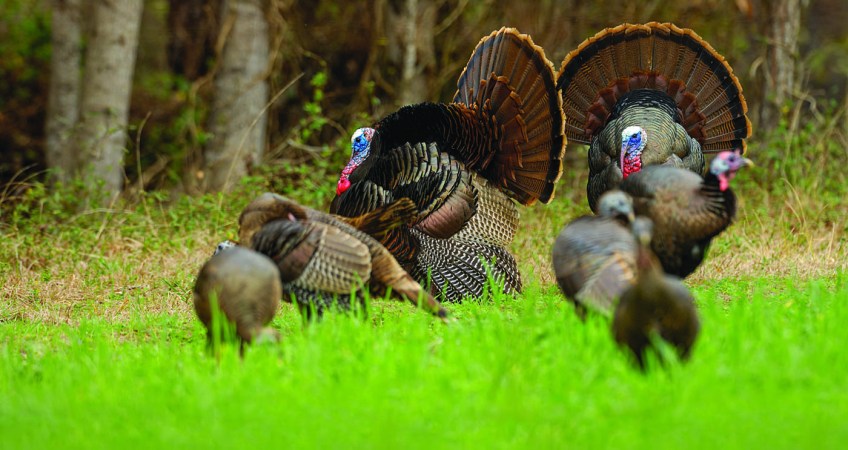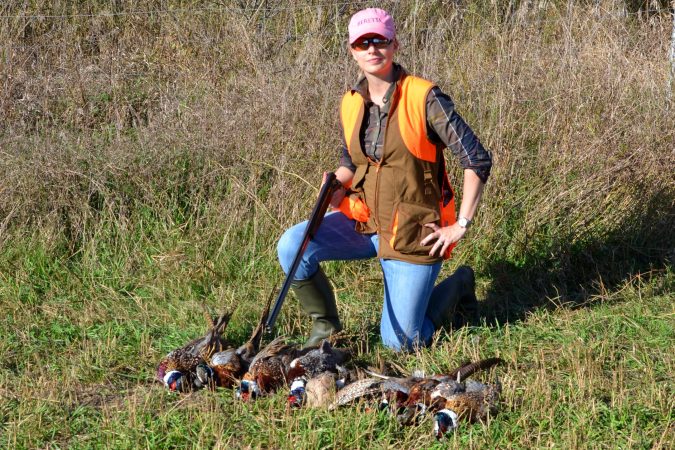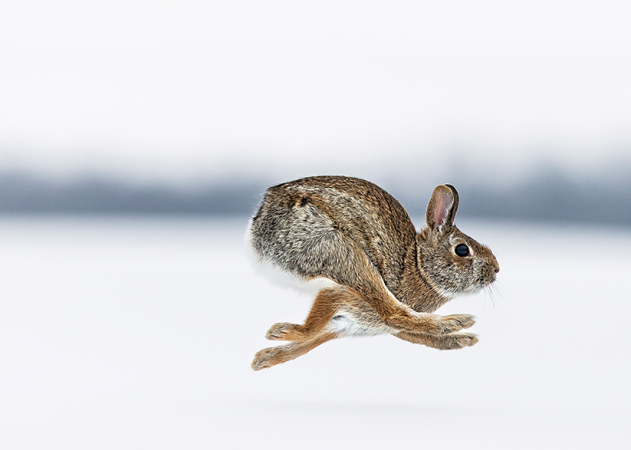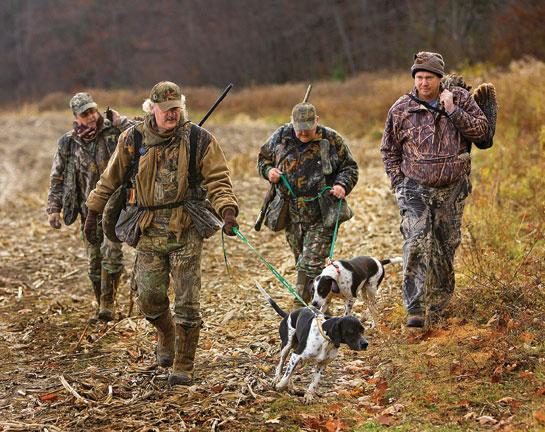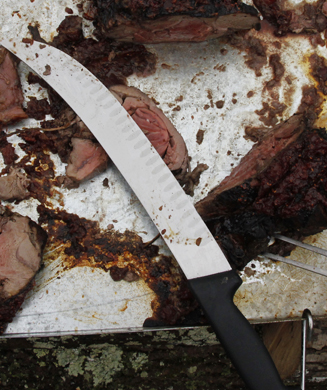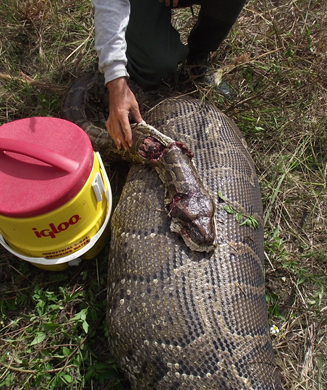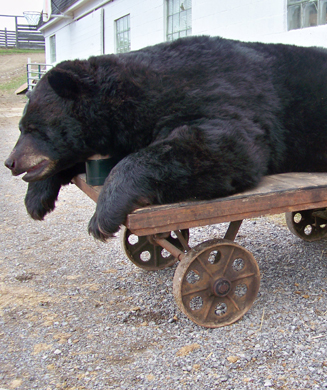The promise of hunting massive whitetail bucks in the river-bottoms and prairies of Kansas is anything but a secret these days. Deer stories like this one and this one continues to drive the narrative that the state is home to giant whitetail bucks. However, as the state continues to grow in popularity as a big-buck destination, the opportunity to hunt those big deer is getting scarcer, at least for non-residents.
For the 2021 season, the state saw a 27 percent increase in non-resident deer hunting applications. For only the third time ever, the state issued all of its non-resident deer permits in the draw. This means that there were no available leftover permits in any unit. Most notably, there were almost 7,900 unsuccessful applicants this year. That means about 8,000 hopeful hunters wanted to hunt Kansas this season, but they’ll have to wait until next year.
It wasn’t always this way. Rewind to 2014 when the state had 22,028 non-resident whitetail permits available and a total of 20,003 people applied. That means there were 2,985 leftover permits that non-resident hunters could scoop up on a first-come, first-served basis.
By 2019 and 2020, there were about 2,200 unsuccessful non-resident applicants each season. So for this year, and the foreseeable future, there will be hunters who need a preference point before drawing a permit. Other hunters will simply find somewhere else to hunt.
One of those folks is Jared Scheffler, from the Whitetail Adrenaline video series. Scheffler is an expert at hunting mature whitetail bucks from the ground, on public land, and over the years Kansas has been one of his go-to states. Kansas is mostly a private-land state (only about 1% of the state is accessible public land, it ranks 50th overall), however the state does have more than 1 million acres of Walk-in-Access lands. These are privately owned lands that are open to public hunting, and they’ve become popular with traveling hunters. Along with guided hunts and non-residents leasing hunting property, there’s more and more interest coming from out-of-state hunters.
I interviewed Scheffler last month for an upcoming profile and found out that he wouldn’t be hunting Kansas this year. In 2015 he killed a massive 198-inch buck on publicly accessible ground in Kansas. That buck ran on the cover of North American Whitetail under the headline “Big Bucks You Can Hunt!” Even though Scheffler had been ultra-careful to never reveal where in Kansas he was hunting, other hunters eventually figured it out and started targeting the area.
“After all these years of keeping my area [in Kansas] quiet, word finally got out,” Scheffler says. “I could tell something was off last year because I was just meeting people on the road and in gas stations [who recognized me]. And I was driving a piece-of-crap van that had never been in any videos, and people were still picking me out. It’s turning into a zoo out there, which has made hunting that prairie ground much more difficult.”
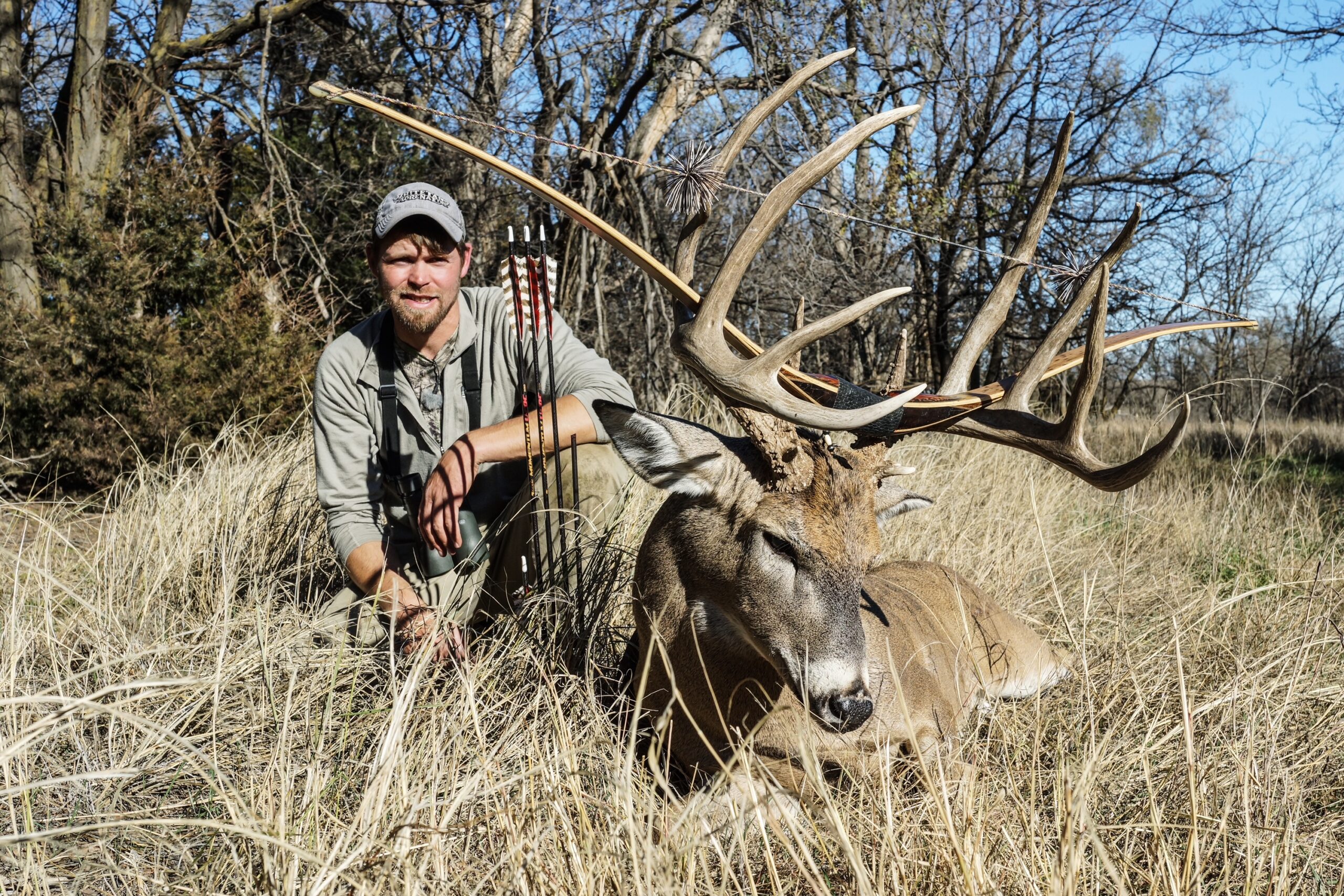
So, what’s the future of non-resident deer hunting in Kansas? Will the majority of non-resident hunters now need a couple preference points before they’re able to draw a permit? Well, for starters, it might take a year or two for things to settle after many states saw an increase in hunting participation during the coronavirus pandemic. Only time will tell if that COVID bump in hunting interest will persist after the pandemic is over. However, as long as the state keeps turning out giant bucks and publications and websites (yes, including Outdoor Life) keep publishing stories about them, there will be interest from out-of-state hunters. Plus, it seems that there’s more interest overall in deer hunting in different states from diehards and new hunters alike. Many of these hunters are looking for big bucks, accessible land, and a hunting experience that’s different from what they’re used to. For an eastern whitetail hunter, Kansas checks all those boxes.
But if the state keeps its quota for non-resident hunters, deer hunting pressure across the state isn’t likely to increase dramatically. That means there should still be plenty of opportunities to hunt mature bucks in the years to come, out-of-staters just might not be able to do it every year.
This is similar to Iowa, where in some units non-residents now need 3 (or even more) preference points to ensure they’ll draw. This contrasts with states like Wisconsin and Minnesota, where there’s no quota set for non-resident deer hunters. Just talk to locals in Wisconsin’s Buffalo County to hear about how too much pressure from out-of-state hunters can impact the quality of deer hunting or reduce access to deer hunting land. Kansas deer hunters, resident and non-resident alike, should hope that doesn’t happen in their state.

